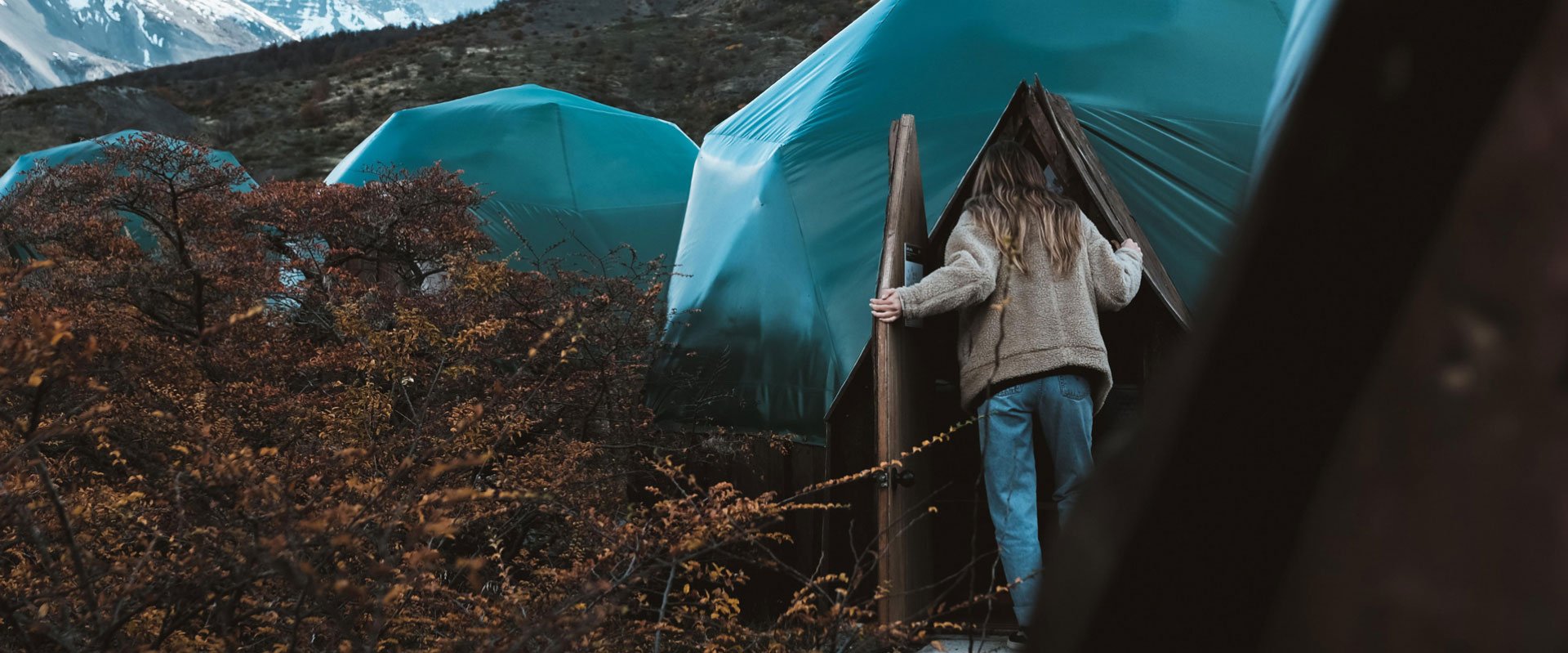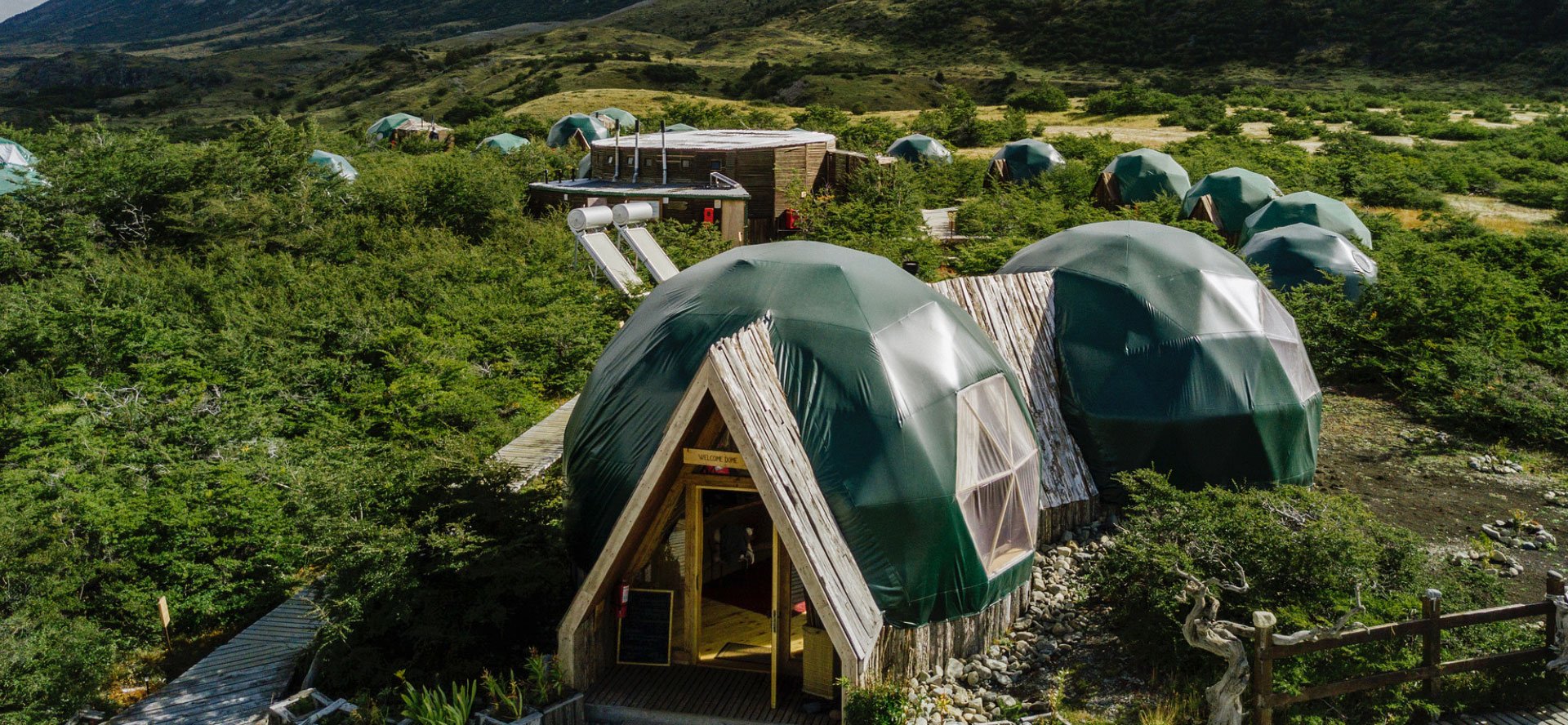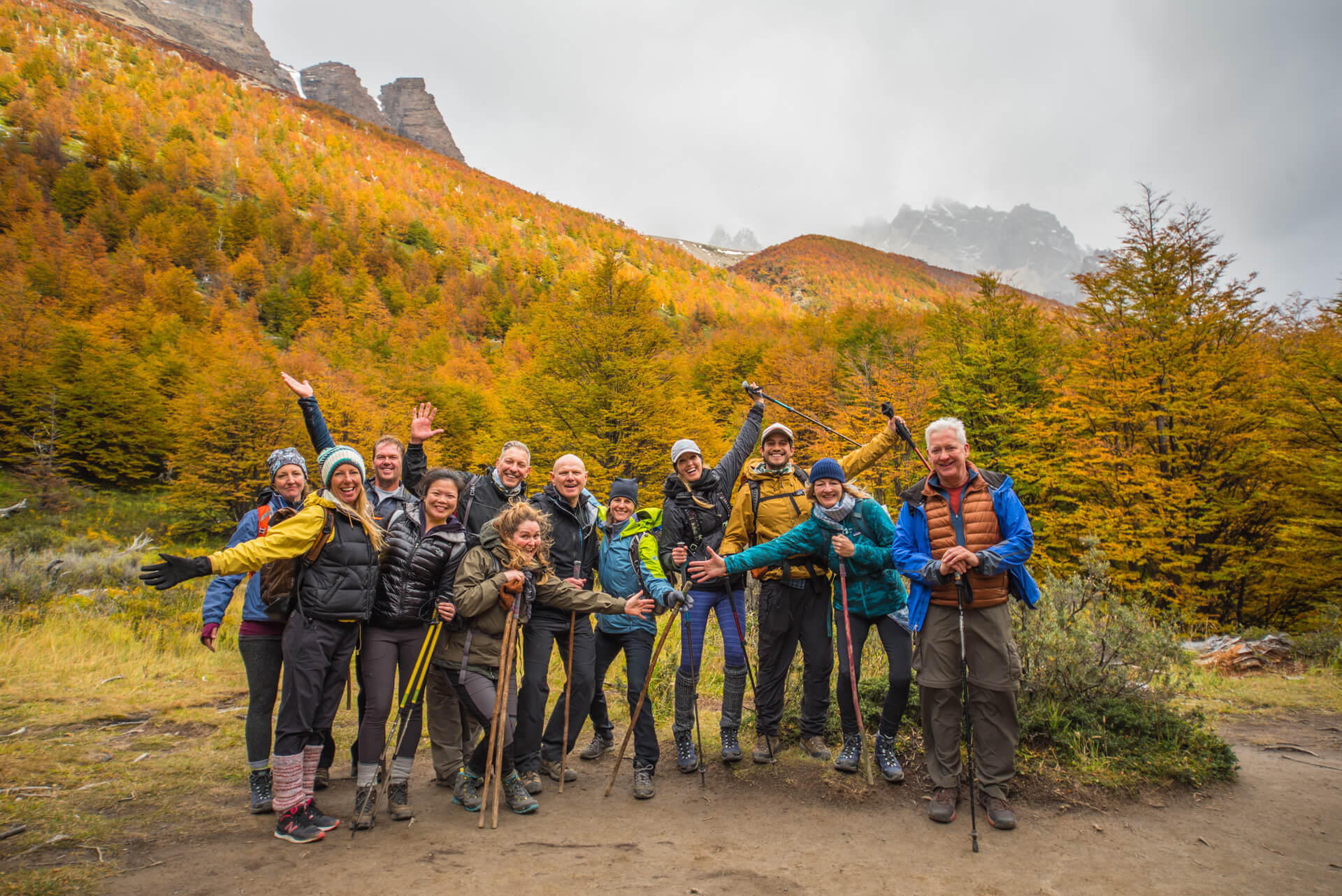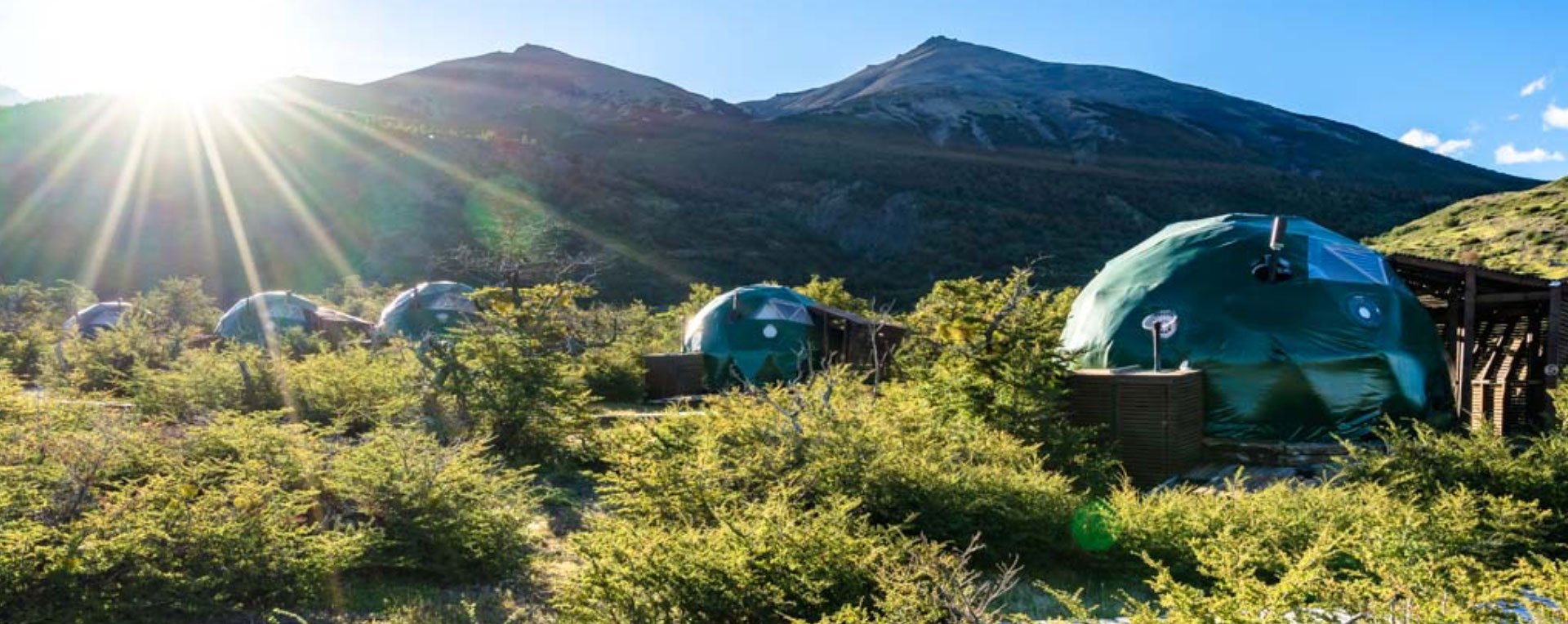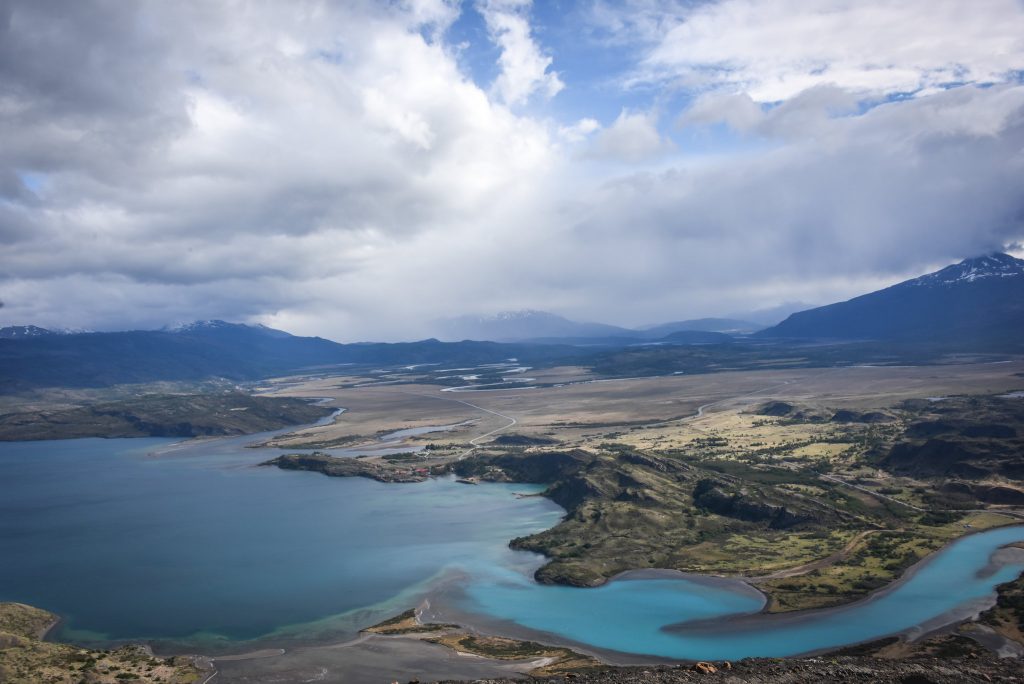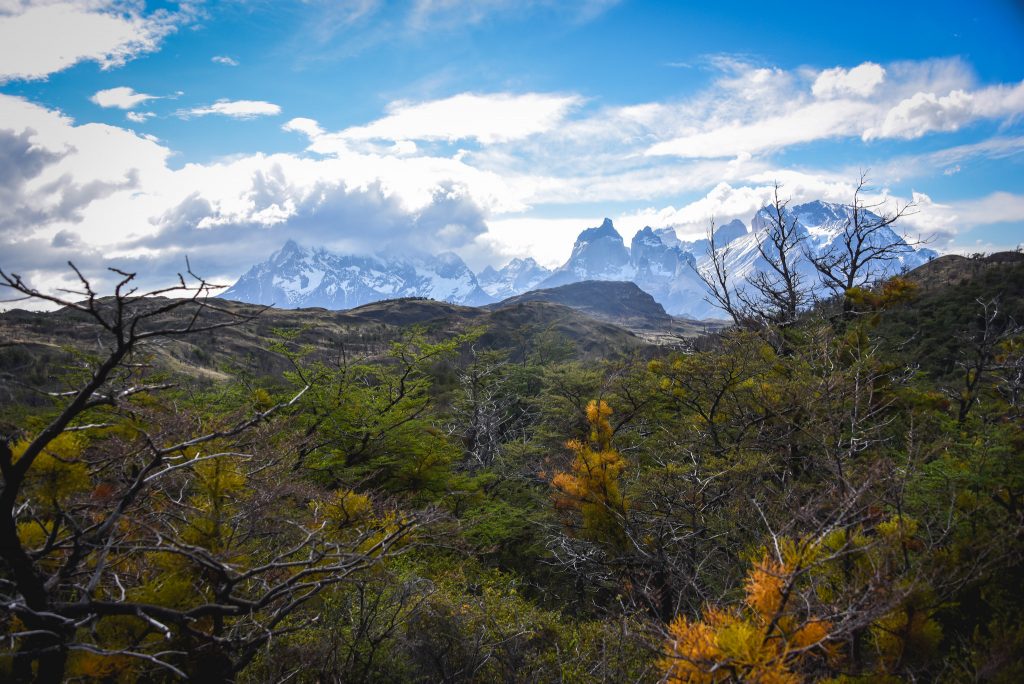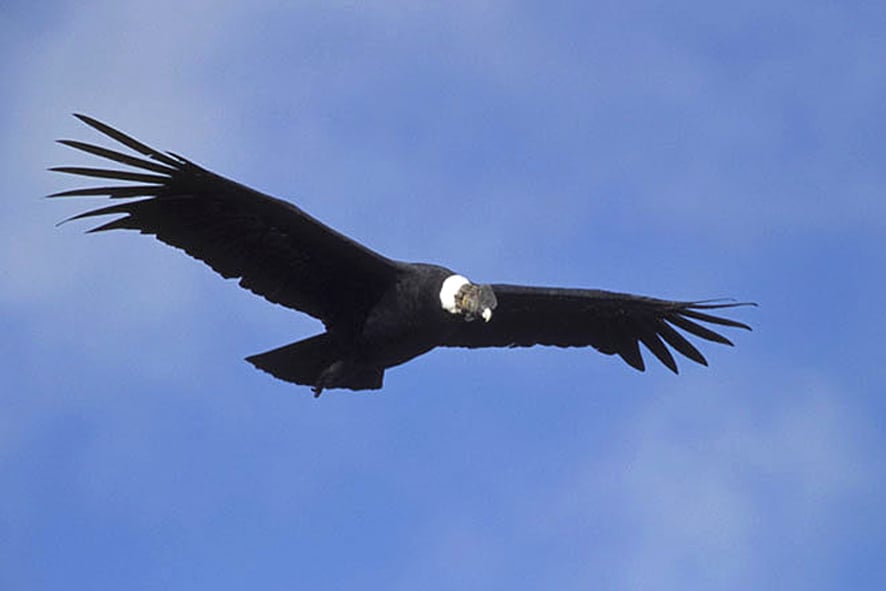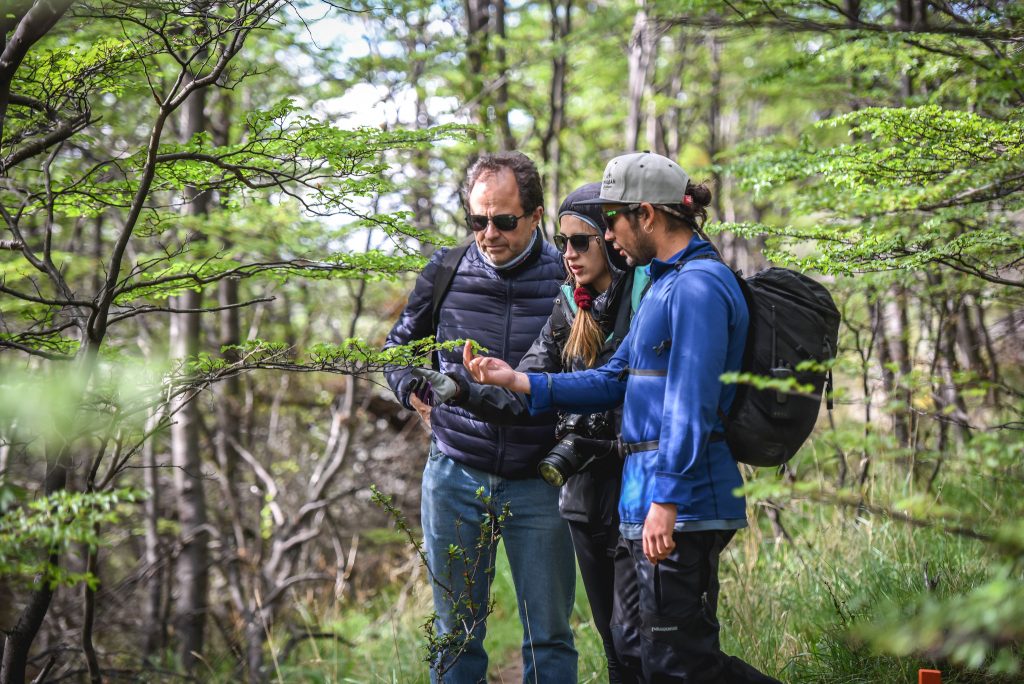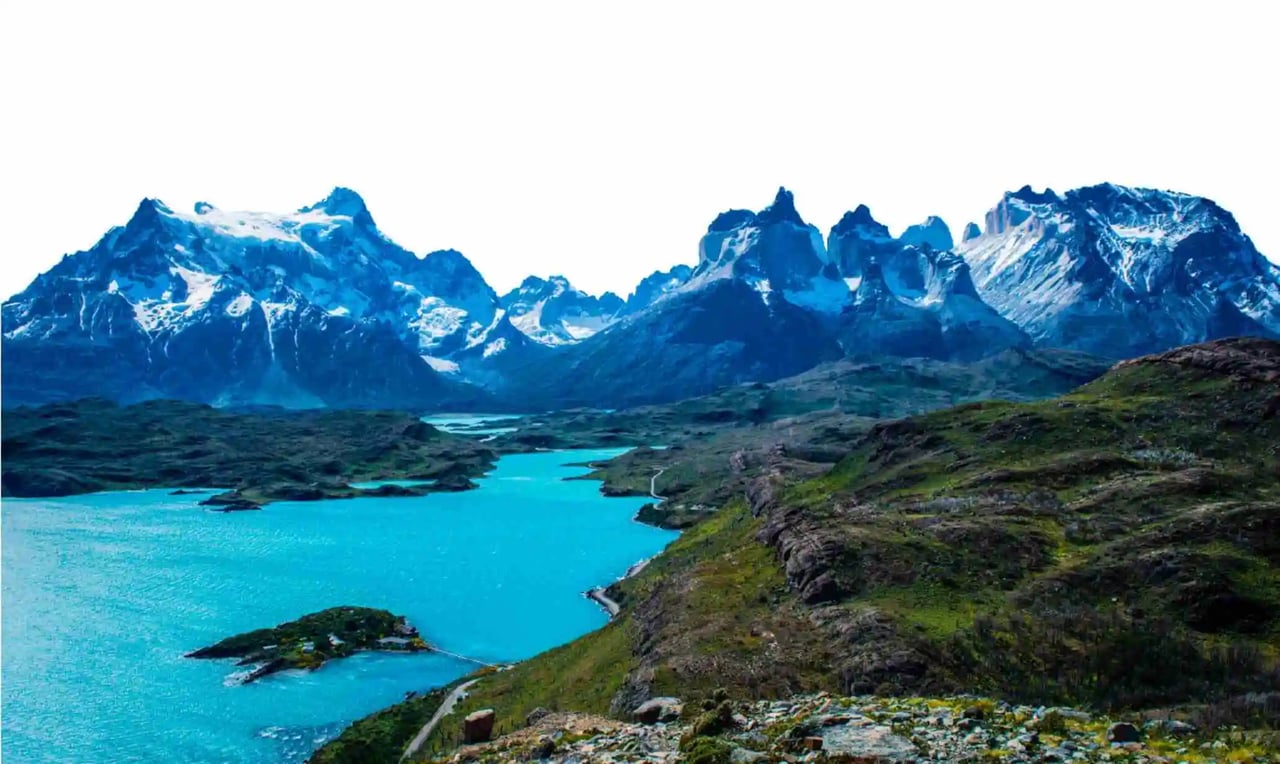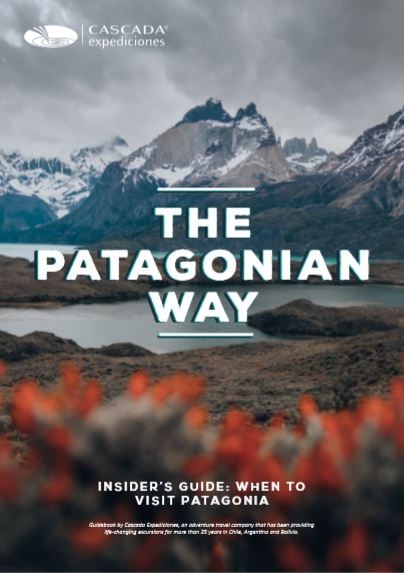Today we are sharing a piece originally published on Eclipse Travel, a fantastic travel blog and our trusty partner in Australia:
Escape the crowds and wander to one of the best undercover trails in Torres del Paine National Park. The Lazo Weber hike is one of Patagonia’s best kept secrets. It’s the perfect hidden getaway and an opportunity to connect with nature in a unique way.
I was lucky enough to embark on this hike with EcoCamp’s Wildlife Safari tour and it ended up being one of my favourite experiences in the park. The trail is quiet and enchantingly beautiful, passing through colourful vegetation and leading to a breathtaking overlook in Torres del Paine. For Patagonian newcomers, here’s what you should expect:
Lazo Weber Trail Overview
The Lazo Weber hike begins close to a beautiful, bright lagoon called Laguna Verde. The water’s deep shade of teal, framed by thick yellow grasses and snow capped mountains is truly a beautiful contrast.
The beginning section of the trail is very exposed to the natural elements, which means strong, howling Patagonian winds. Luckily, it isn’t long before the pathway leads into an area with thick, rich forest. These trees help give you a little more protection from the strong gusts.
On the trail, there may be a few areas with water and mud, especially if it rained recently. When I went, there was so much rain the day before that a small footbridge had actually been taken down by the storm. We were left with no bridge and had no choice but to cross a stream completely barefoot! As expected, the water was ice cold, but it was exhilarating and definitely added something special to the adventure.
After following the pathway and its slight ups and downs, you soon approach the Lazo Weber viewpoint. Take in that moment because it is truly spectacular, with an incredible overlook of the park’s different bodies of water and the magical Paine mountain range in the distance. But only stick around for a few minutes. The wind can feel incredibly strong up there and there are no trees for protection. From there onwards, the trail is all downhill until reaching the end point.
Flora and Fauna
Along the trail, there are many great opportunities to enjoy the region’s diverse flora and fauna. This trek doesn’t have many visitors which helps provide a quieter environment for Patagonian creatures, such as Magellanic woodpeckers, huemul, condors and more.
I was lucky enough to see an Andean condor, one of the largest flying birds in the world. They tend to live in windy areas, making it easier for them to soar in the sky. I watched it glide through the wind for at least five minutes. For a bird so large and heavy, they really have a special way of making flying look effortless.
In the forest, there are so many beautiful lenga and coihue trees, which are especially beautiful during the autumn months. I went right at the peak of autumn and was blown away by the bright, intense colours. Everywhere I looked there were shades of green, red, yellow and orange. It is such a calm, peaceful environment.
The Level of Difficulty
The hike is 12 km long and takes about five hours to complete. Trekking experts have rated it at an intermediate level. But due to Patagonia’s quick-changing weather and strong winds, it is important to always come prepared.
This region of Chile can easily experience four seasons in a single day, quickly switching from sun to rainstorm in a matter of minutes. It’s advised to dress in several layers of clothing and bring a waterproof jacket. Above all else, only use proper hiking boots with strong grips. There may be muddy sections on the Lazo Weber trail and hiking boots will prevent slips or accidents.
For the most part, the trail is on relatively flat land. I felt very comfortable for the majority of the hike, but the big challenge comes at the end. The last section has a very steep downhill part, which can be a bit tricky to manoeuvre. It is also very exposed, meaning you may feel strong gusts of wind.
To manage the wind and steep terrain, trekking poles come in handy. Poles both help you keep balanced and relieve the pressure from your knees. Hiking downhill has always been very painful on my joints and I was very thankful to have brought poles for this part of the hike. Trekking poles take some of the pressure off your knees, which is both safer and more comfortable for trekkers.
When to Come and How to Book
Torres del Paine is open year round, but many travellers prefer to come between September and May. If you come during these months, you can sign up for this excursion on EcoCamp’s Wildlife Safari program. Every trek is accompanied by an expert trekking guide, who can lead you safely and enthusiastically through the adventure.
Do you want more information? Visit cascada.travel and learn about our programs

